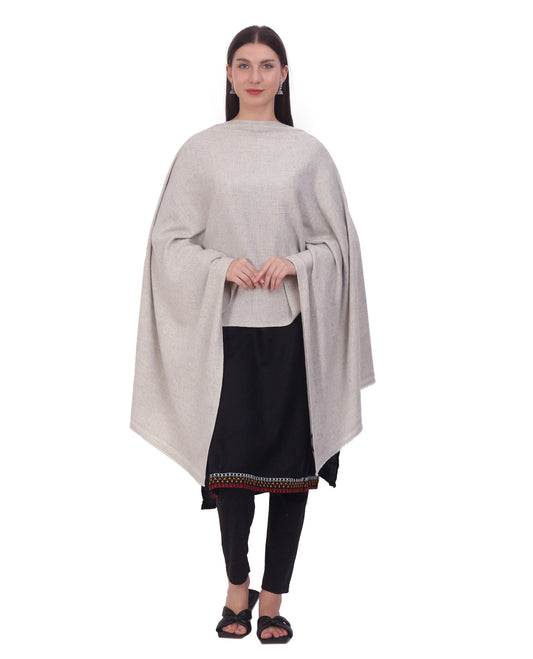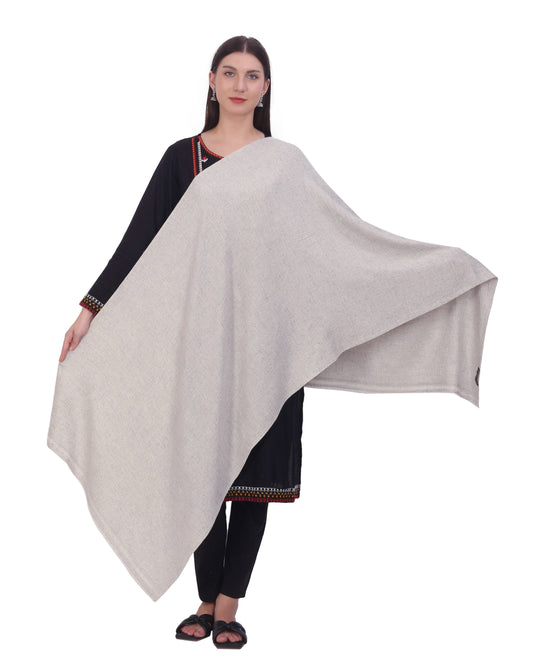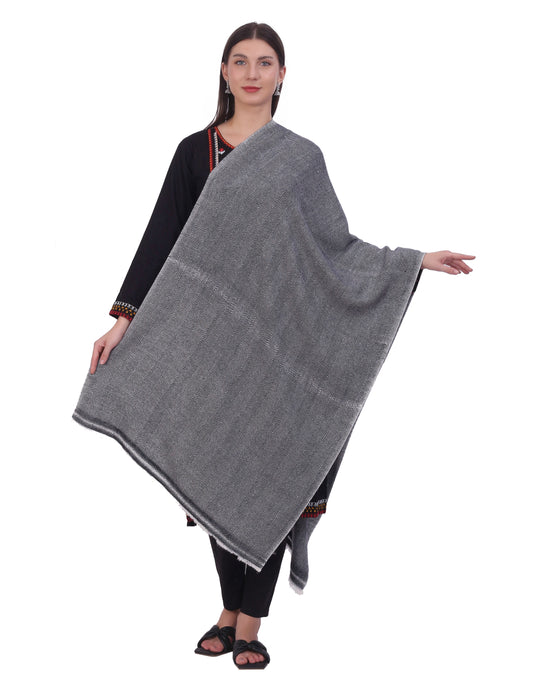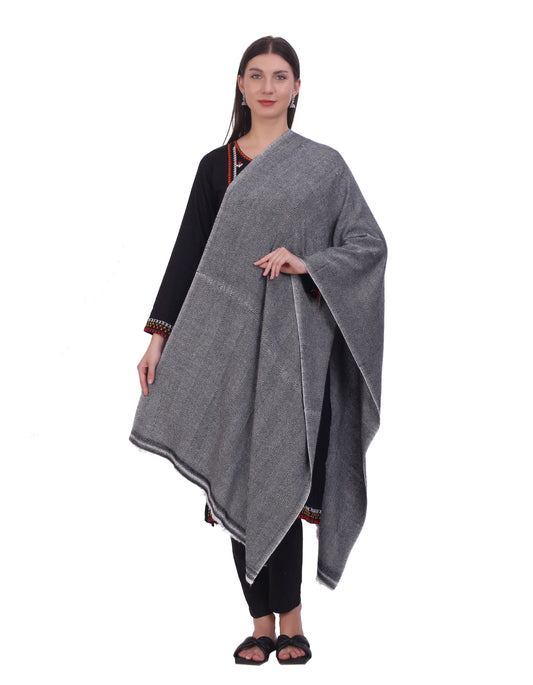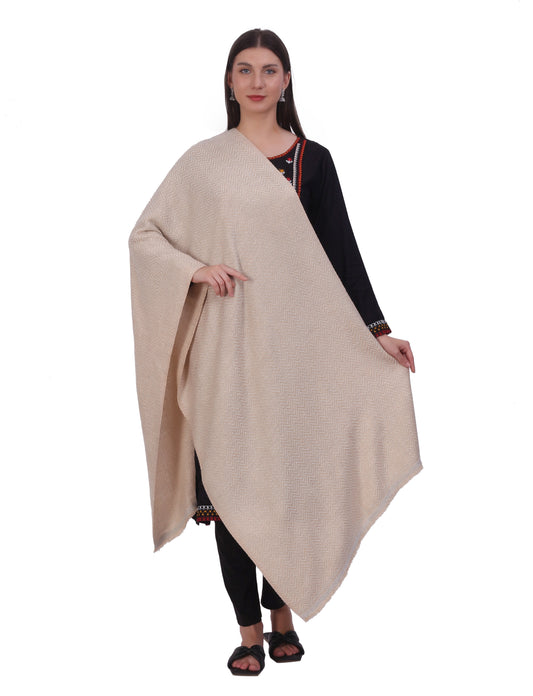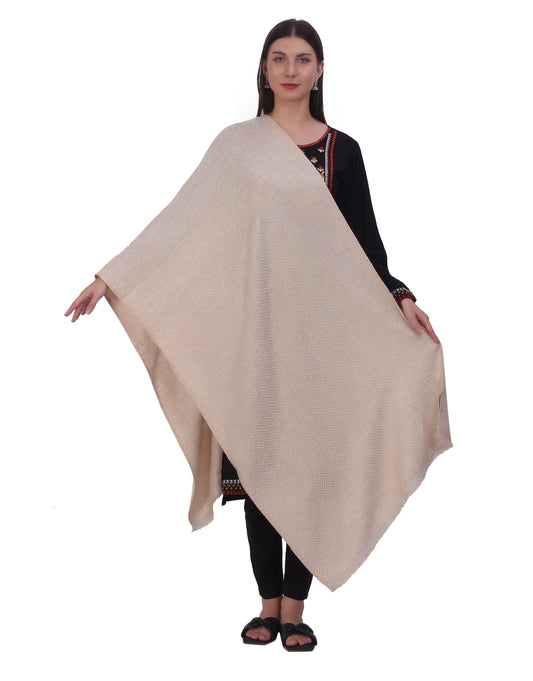Cashmere, renowned for its unparalleled softness and warmth, is a fiber that has been cherished for centuries. Originating from the high plateaus of the Himalayas, Mongolia, and regions of China, this luxurious material has a rich history and has long been a symbol of status and sophistication. Understanding the origins and historical uses of cashmere not only illuminates its timeless appeal but also highlights its continued relevance in today's fashion and lifestyle markets.
The Origins of Cashmere
The story of cashmere begins with the Capra hircus goat, specifically a breed found in the cold, harsh climates of the Himalayan region. These goats develop a soft undercoat, known as the down, to protect them from freezing temperatures. This undercoat is the source of the precious cashmere fibers. During the spring molting season, the goats naturally shed this layer, which is then carefully collected, often by combing rather than shearing to maintain the quality and length of the fibers.
Historical Uses of Cashmere
Cashmere's history can be traced back to ancient times, particularly in the regions where the Capra hircus goats were native. Here are some of the key historical uses:
1. **Ancient Trade and Luxury**: Cashmere was first traded along the Silk Road, where it quickly became a prized commodity. It was especially favored in China and Persia, where it was used to create fine shawls and other garments for the elite. The softness and warmth of cashmere made it an ideal fabric for royalty and the wealthy, symbolizing luxury and refinement.

2. **Royal Garments**: In India, the Mughal emperors were known to wear shawls made of the finest cashmere. These shawls, called pashminas, were intricately woven and often decorated with elaborate patterns. They were highly valued and even used as currency or diplomatic gifts.
3. **Cultural Significance**: In many cultures, cashmere garments held significant cultural value. For instance, in Kashmir, the weaving of pashmina shawls became an art form, passed down through generations. These shawls were not only practical, providing warmth during cold winters, but also held aesthetic and cultural significance.
Cashmere in Modern Times
Today, cashmere remains a highly sought-after material, valued for the same reasons it was in ancient times: its softness, warmth, and luxurious feel. However, modern advancements have expanded its uses and accessibility:
1. **Fashion Industry**: Cashmere is a staple in high-end fashion. Designers use it to create everything from sweaters and scarves to suits and dresses. The fiber's versatility and the ability to be dyed in various colors make it a favorite among designers and consumers alike.
2. **Sustainable Luxury**: In response to growing environmental concerns, there is an increased focus on sustainable and ethical production of cashmere. Brands are now more transparent about their sourcing practices, ensuring that the fiber is collected in ways that do not harm the goats or the environment.
3. **Technological Advancements**: Modern technology has improved the processing of cashmere, making it more durable and easier to care for. Blending cashmere with other fibers can also enhance its properties, providing consumers with a wider range of products that retain the luxurious qualities of pure cashmere.
Relating Ancient Needs to Modern Requirements
While the context may have changed, the core attributes that made cashmere desirable in ancient times are still highly relevant today. The ancient need for warmth and comfort in harsh climates mirrors modern requirements for high-quality, functional, yet stylish garments. The exclusivity and status symbol associated with cashmere in the past are still evident, as cashmere products remain a mark of luxury and taste in contemporary fashion.
Furthermore, the ancient practice of sustainable collection methods resonates with today's emphasis on ethical consumerism. Just as the ancient artisans valued the natural cycles and quality of their raw materials, modern producers and consumers are increasingly prioritizing sustainability and animal welfare in the cashmere industry.
In conclusion, cashmere's journey from the highlands of Asia to the global fashion stage is a testament to its enduring appeal. By blending ancient traditions with modern innovations, cashmere continues to be a symbol of timeless luxury and elegance, meeting the needs of both past and present generations.


